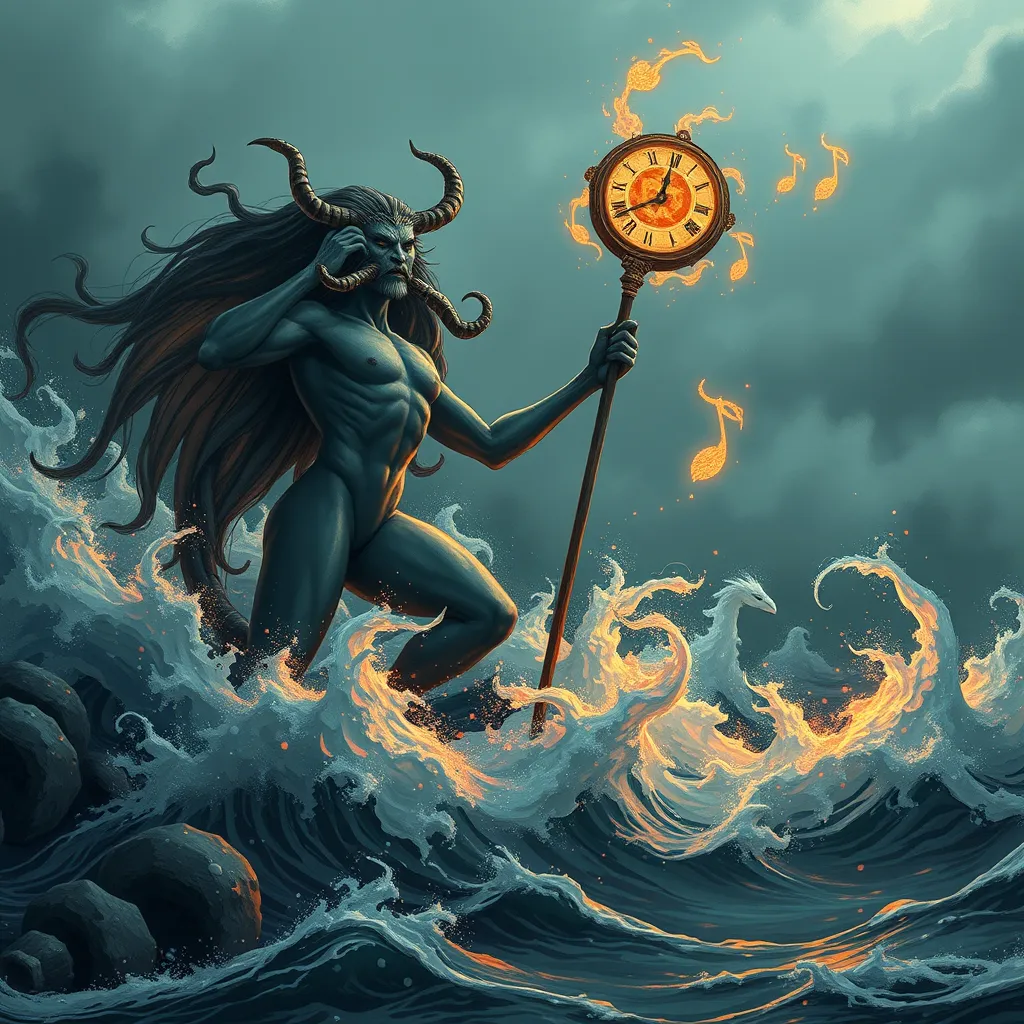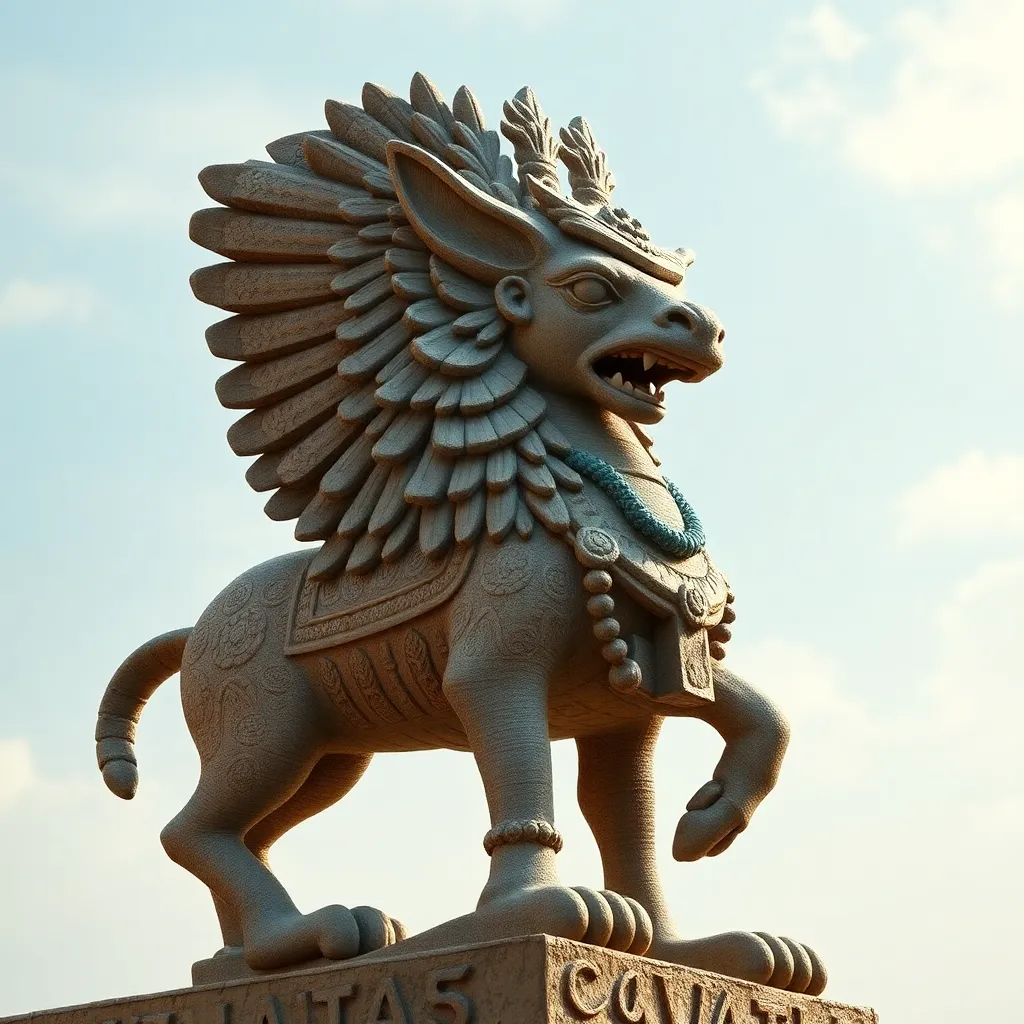The Siren’s Song in Norse Literature: Analyzing the Power of Music and Storytelling in Norse Mythology
I. Introduction
Music and storytelling hold a central place in the tapestry of Norse mythology, serving not only as entertainment but also as vital means of preserving culture and history. The concept of the siren’s song, often associated with temptation and allure, resonates deeply within these narratives, reflecting the complexities of human desire and the supernatural forces at play in the lives of the gods and mortals alike.
II. The Role of Music in Norse Culture
In Viking society, music was woven into the fabric of daily life, rituals, and celebrations. It served as a form of expression, communication, and connection to the divine.
Historical Context of Music in Viking Society
Music was an integral part of Viking culture, used in various social settings from feasts to funerals. It helped to solidify community bonds and was often linked to important events.
Types of Musical Instruments and Their Cultural Significance
- Lyre: A string instrument often associated with poetry and storytelling.
- Harp: Used in ceremonial contexts, symbolizing harmony.
- Drums: Essential for dance and rhythm during communal gatherings.
The Connection Between Music, Poetry, and Oral Tradition
Music and poetry were inseparable in Norse culture, with skalds (poets) often composing verses set to music. This oral tradition was crucial for passing down tales of gods, heroes, and historical events.
III. Mythological Figures Associated with Music
Several key figures in Norse mythology embody the power of music.
Overview of Key Figures
Bragi, the god of poetry, exemplifies the significance of music and verse. His role highlights the cultural importance of storytelling.
Analysis of Specific Myths
In myths such as the tale of Idun, whose golden apples grant immortality, music represents not only beauty but also the allure of eternal youth.
The Representation of Sirens
While traditional sirens are often linked to Greek mythology, Norse tales also contain figures that share similar traits, embodying the themes of seduction and peril through song.
IV. The Power of Storytelling in Norse Lore
Storytelling was a powerful tool for preserving the history and values of Norse culture.
Preserving History and Culture
Myths and sagas served to document heroic deeds, cultural beliefs, and moral lessons.
The Importance of Skalds
Skalds were revered in society, often commissioned to compose verses celebrating kings and gods, further intertwining music with narrative.
The Interplay Between Narrative and Music
Norse sagas often included musical elements, enhancing the emotional impact of the stories told.
V. The Siren’s Song: Symbolism and Interpretation
The siren’s song can be interpreted in various ways within Norse literature.
Examination as a Metaphor
It often symbolizes the temptation of knowledge and the dangers that accompany such pursuits.
Connections to Themes
- Fate: The inevitable consequences of choices made.
- Desire: The longing that drives characters to their destinies.
- Supernatural: The influence of gods and mystical beings on human lives.
Analysis of Specific Texts
In texts like the “Völuspá,” the siren’s song can be seen as a foreshadowing of fate, luring characters into the depths of their destinies.
VI. Comparative Analysis: Siren Archetypes Across Cultures
Siren figures appear in various mythologies, each with unique interpretations.
Overview of Siren Figures
In Greek mythology, sirens are known for their enchanting songs that lure sailors to doom, while in Celtic folklore, similar beings exist but often embody different cultural nuances.
Similarities and Differences
Both cultures depict sirens as alluring yet dangerous, but the Norse interpretations often tie them more closely to themes of fate and the supernatural.
The Universal Appeal
The siren’s song transcends cultures, symbolizing the allure of the unknown and the risks associated with desire.
VII. The Influence of Music and Storytelling on Modern Interpretations
Norse music and stories continue to inspire contemporary artists and storytellers.
Adaptations in Contemporary Media
Films, literature, and music have embraced Norse themes, presenting them to a new audience. Popular examples include:
- Marvel’s Thor: A modern reinterpretation of Norse gods.
- Vikings Series: A dramatized depiction of Viking life and lore.
The Resurgence of Interest
Interest in Norse mythology has seen a resurgence, influencing various art forms and sparking a cultural dialogue about its relevance today.
Modern Musicians and Storytellers
Artists like Wardruna and Amon Amarth draw inspiration from Norse themes, infusing their music with historical and mythological elements.
VIII. Conclusion
In conclusion, music and storytelling are vital components of Norse literature, illustrating the complexities of human experience and the supernatural. The siren’s song serves as a potent symbol of temptation and the pursuit of knowledge, echoing throughout the ages in both ancient and modern narratives. As we continue to explore Norse mythology, we uncover the rich legacy it has left on art and culture, inviting further examination of its profound impact.



